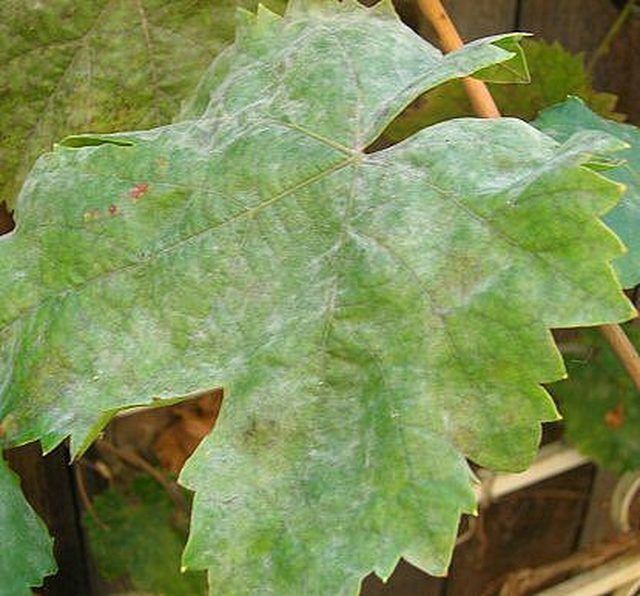Bulbs
Flower Basics
Flower Beds & Specialty Gardens
Flower Garden
Garden Furniture
Garden Gnomes
Garden Seeds
Garden Sheds
Garden Statues
Garden Tools & Supplies
Gardening Basics
Green & Organic
Groundcovers & Vines
Growing Annuals
Growing Basil
Growing Beans
Growing Berries
Growing Blueberries
Growing Cactus
Growing Corn
Growing Cotton
Growing Edibles
Growing Flowers
Growing Garlic
Growing Grapes
Growing Grass
Growing Herbs
Growing Jasmine
Growing Mint
Growing Mushrooms
Orchids
Growing Peanuts
Growing Perennials
Growing Plants
Growing Rosemary
Growing Roses
Growing Strawberries
Growing Sunflowers
Growing Thyme
Growing Tomatoes
Growing Tulips
Growing Vegetables
Herb Basics
Herb Garden
Indoor Growing
Landscaping Basics
Landscaping Patios
Landscaping Plants
Landscaping Shrubs
Landscaping Trees
Landscaping Walks & Pathways
Lawn Basics
Lawn Maintenance
Lawn Mowers
Lawn Ornaments
Lawn Planting
Lawn Tools
Outdoor Growing
Overall Landscape Planning
Pests, Weeds & Problems
Plant Basics
Rock Garden
Rose Garden
Shrubs
Soil
Specialty Gardens
Trees
Vegetable Garden
Yard Maintenance
How to Organically Control Fungus in Your Garden
How to Organically Control Fungus in Your Garden. Powdery mildew, a common ailment in the garden, appears, as the name suggests, as dusty, white to gray coating on the surface of leaves or other plant parts. Powdery mildew begins as small, circular, powdery white spots. As these spots expand, they will coalesce, producing a continuous mat of...

Powdery mildew, a common ailment in the garden, appears, as the name suggests, as dusty, white to gray coating on the surface of leaves or other plant parts. Powdery mildew begins as small, circular, powdery white spots. As these spots expand, they will coalesce, producing a continuous mat of mildew. Root rot is another fungal disease that can be very destructive in gardens. Save money, save your health and keep your garden safe from unneeded chemicals by using organic methods of fungus control in your garden.
Things You'll Need
Organic milk
Garden sprayer
Cornmeal
Powdery Mildew
Mix 1 part milk to 9 parts water in the sprayer.
Spray on powdery-mildew affected plants in the early morning.
Apply twice a week until mildew disappears. Research has demonstrated milk to be as effective as chemical fungicides formulated for powdery mildew.
Root Rot
Sprinkling cornmeal around the base of the plants affected by root rot. Root rot disease can be caused by fungi like Pythium, Rhizoctonia, Pytophthora and Fusarium.
Apply in early spring for best results, but the cornmeal is effective year round.
Work the cornmeal into the soil, if you prefer, although it is not necessary. Water well. The cornmeal stimulates the activity of beneficial soil microorganisms that fight off disease.
Tips & Warnings
Fungal infections tend to thrive in dampness. If you're overwatering or don't give your soil the chance to dry out between waterings, you will not have long lasting results from these organic methods.